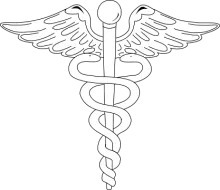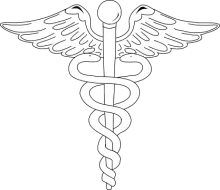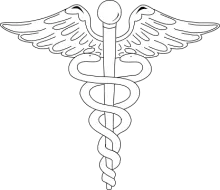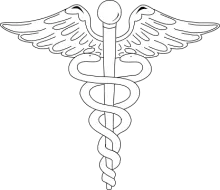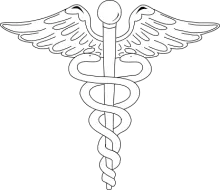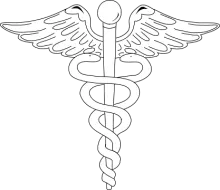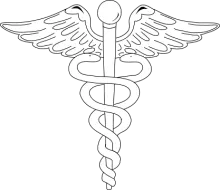Lug Your Luggage Safely Part II
Here are more strategies to prevent injuries when lifting and carrying luggage:
• If using a backpack, make sure it has two padded and adjustable shoulder straps. Choose one with several compartments to secure various-sized items, packing the heavier things low and towards the center. Always wear a backpack on both shoulders—slinging it over one shoulder does not allow weight to be distributed evenly, which can cause muscle strain.
- Read more about Lug Your Luggage Safely Part II
- Log in to post comments
